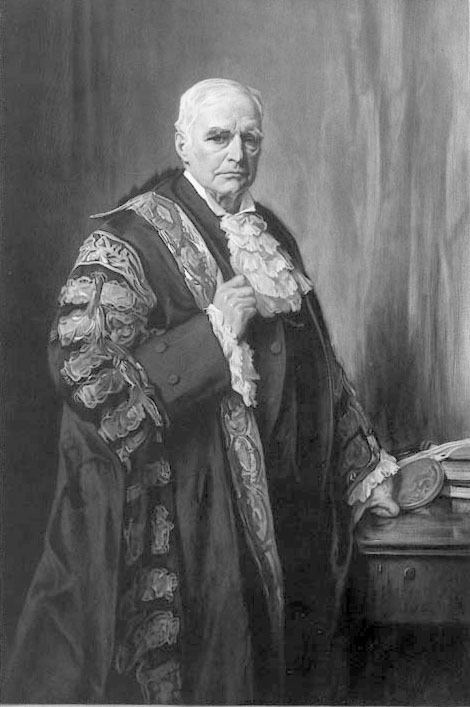Spouse(s) Mary Innes (d. 1911) Name Robert 1st | Preceded by The Lord Buckmaster Role Lawyer Nationality British | |
 | ||
Full Name Robert Bannatyne Finlay Alma mater University of EdinburghMiddle Temple Succeeded by F. E. Smith, 1st Earl of Birkenhead | ||
Robert Bannatyne Finlay, 1st Viscount Finlay, (11 July 1842 – 9 March 1929) was a British lawyer, doctor and politician who became Lord Chancellor of Great Britain.
Contents
Background and education
Finlay was born in Newhaven, Edinburgh, the son of William Finlay, a physician, and Ann, daughter of Robert Bannatyne. He was educated at the Edinburgh Academy and Edinburgh University, graduating in medicine in 1864.
Legal and political career
After entering Middle Temple as a student in 1865, Finlay was called to the bar two years later and built up a successful practice, becoming a Queen's Counsel in 1882. Three years later he was elected Liberal Member of Parliament for the Inverness Burghs, but broke with William Ewart Gladstone over Irish Home Rule and joined the Liberal Unionists in 1886. He lost his seat in 1892 but regained it three years later, the same year he was appointed Solicitor General and knighted.
In 1900, Finlay became Attorney General for England and Wales and also became President of the Edinburgh Sir Walter Scott Club, and gave the Toast to Sir Walter at the club's annual dinner. In 1902 he was elected Lord Rector of Edinburgh University. For his services in representing the British Empire in a number of international legal arbitrations he was appointed GCMG in 1904, and the following year became a Privy Counsellor. However, in the 1906 general election he again lost his seat, and it was to be another four years before he returned to Parliament as representative for Edinburgh and St Andrews Universities. One of his last official acts as Attorney General was to appoint his son, William, as a junior counsel to the Board of Inland Revenue, an appointment which provoked much negative comment.
Judicial career
In 1916, Finlay became Lord Chancellor in Lloyd George's coalition government, being at the same time created Baron Finlay, of Nairn in the County of Nairn. It is generally thought that Finlay was a temporary appointment: Lloyd George excluded him from the War Cabinet and insisted that he forego the £5,000 pension given to retired lord chancellors. He sat on the Woolsack for three years, and in 1919, on his retirement, was created Viscount Finlay, of Nairn in the County of Nairn. The following year he was appointed a British member of the Court of Arbitration at The Hague, and in 1921 was elected a Judge of the Permanent Court of International Justice established by the League of Nations.
Family
Lord Finlay married Mary, daughter of Cosmo Innes, in 1874. She died in June 1911. Lord Finlay died in March 1929, aged 86, at his home in Kensington, London, and was buried at Nairn. He was succeeded in his titles by his son, William, later a Lord Justice of Appeal.
